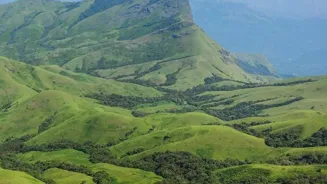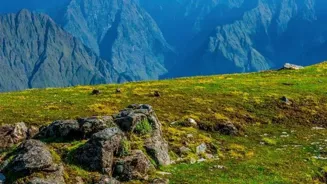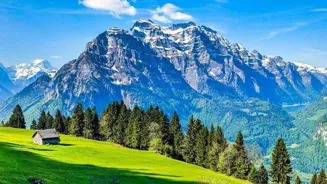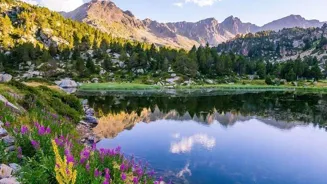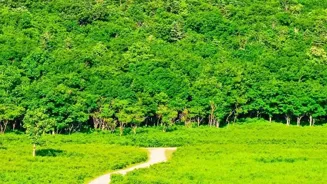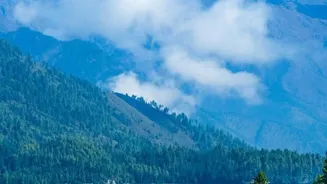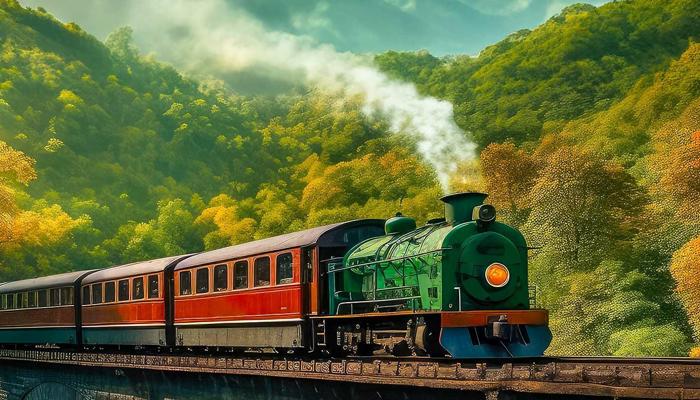Unveiling 10 Fascinating Facts About Western Ghats Wildlife! Explore unique creatures in this biodiversity hotspot
The Western Ghats, a majestic mountain range running along the western coast of India,
is a biodiversity hotspot. This means it's bursting with a huge variety of plants and animals, many of which are found nowhere else on Earth! From tiny frogs to giant elephants, the wildlife here is truly amazing. Let's explore ten fun and fascinating facts about the incredible creatures that call the Western Ghats home:

Home to the Dancing Frog
Did you know some frogs in the Western Ghats put on a dance show to attract mates? The aptly named "Dancing Frog" (Micrixalus species) performs unique leg movements and foot flagging to get the attention of the ladies.
Each species has its own signature move, making it a real spectacle of nature's creativity! These dances are not just cute, they're also essential for successful breeding.
These frogs live near streams and rivers, and their special moves help them stand out from the crowd with their own choreography! It's nature's very own dance competition!
Purple Frog – A Living Fossil
Imagine discovering a frog that looks like a purple blob! The Purple Frog (Nasikabatrachus sahyadrensis) is exactly that, and it's a true living fossil. This strange-looking amphibian has evolved independently for over 100 million years, making it a relic of a bygone era.
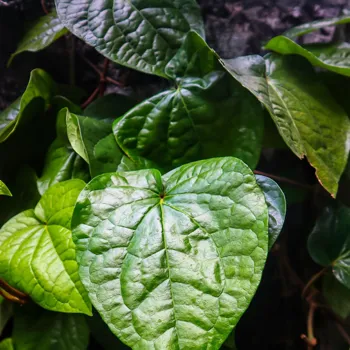
It spends most of its life underground, only emerging during the monsoon season to breed. Its unique appearance and ancient lineage make it a precious treasure of the Western Ghats. Its existence provides valuable clues about the Earth's history and evolution.
Lion-Tailed Macaque – A Primate in Peril
With its striking silver-white mane framing its face, the Lion-tailed Macaque (Macaca silenus) is a sight to behold. But these beautiful primates are sadly endangered, with their numbers dwindling due to habitat loss and hunting.

Found only in the rainforests of the Western Ghats, they are highly dependent on old-growth trees for food and shelter. Conservation efforts are underway to protect their habitat and ensure their survival for future generations.
Their unique appearance and crucial role in the ecosystem make them an important species to protect.
Malabar Pit Viper – A Master of Camouflage
The Malabar Pit Viper (Trimeresurus malabaricus) is a venomous snake that's a master of disguise. With its variable colors and patterns, it can blend seamlessly into the forest floor or perch unnoticed amongst the leaves.
This camouflage helps it to ambush its prey, which includes frogs, lizards, and small rodents. While venomous, it's generally not aggressive and will only bite if threatened. The snake plays an important role in maintaining the balance of its ecosystem.
Spotting it is a real challenge, a testament to its camouflage skills.
Great Hornbill – The Forest Engineer
The Great Hornbill (Buceros bicornis) is a magnificent bird with a huge, curved beak and a casque on top of its head. They play a vital role in seed dispersal, helping to regenerate the forests of the Western Ghats.
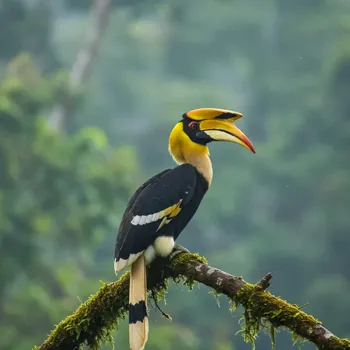
Hornbills nest in tree cavities, the female seals herself inside with mud, leaving only a small slit for the male to pass food. These quirky habits and essential ecological services make them fascinating and important members of the Ghats' ecosystem. They are truly the 'gardeners' of the forest.
Malabar Giant Squirrel – A Leaping Wonder
Forget regular squirrels; the Malabar Giant Squirrel (Ratufa indica) is a true giant! This colorful rodent can grow up to 3 feet long and is known for its impressive leaps between trees. With its reddish-brown fur and bushy tail, it's a beautiful sight to see as it navigates the forest canopy.

They feed on fruits, nuts, and seeds, contributing to seed dispersal. Their size and agility make them a remarkable sight in the Western Ghats forests. They can leap up to 20 feet through the air!
Nilgiri Tahr – Mountain Goat of the South
The Nilgiri Tahr (Nilgiritragus hylocrius) is an endangered mountain goat found only in the higher elevations of the Western Ghats. With its shaggy coat and curved horns, it's well-adapted to the steep, rocky terrain.
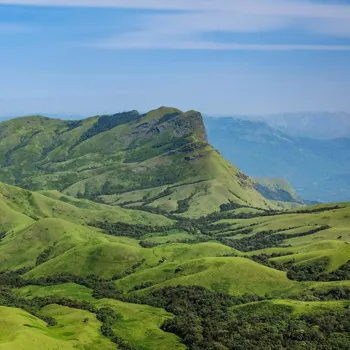
These agile climbers graze on grasses and herbs, playing an important role in maintaining the vegetation of these high-altitude habitats. Conservation efforts are crucial to protect these unique animals from extinction. They are a symbol of the high-altitude ecosystems of the Ghats.
Gaur – The Indian Bison
The Gaur (Bos gaurus), also known as the Indian Bison, is the largest wild cattle species in the world. These massive herbivores roam the forests and grasslands of the Western Ghats, grazing on grasses and leaves. They are an impressive sight, with their muscular build and imposing horns.
Their presence is vital for maintaining the health of the forest ecosystems. They live in herds and are generally peaceful. A healthy population indicates a well-maintained environment.
King Cobra – The Snake King
The King Cobra (Ophiophagus hannah) is the longest venomous snake in the world, and it's found in the forests of the Western Ghats. This impressive reptile feeds primarily on other snakes, earning it the name "snake-eater.
" While highly venomous, it generally avoids humans and will only strike if provoked. Its presence indicates a healthy ecosystem with a balanced food chain. Seeing one is a memorable experience. King Cobras play an important role in controlling other snake populations.
Countless Insects – The Unsung Heroes
While the larger animals often steal the spotlight, the Western Ghats is also home to an incredible diversity of insects. From colorful butterflies to buzzing bees, these tiny creatures play essential roles in pollination, decomposition, and nutrient cycling.
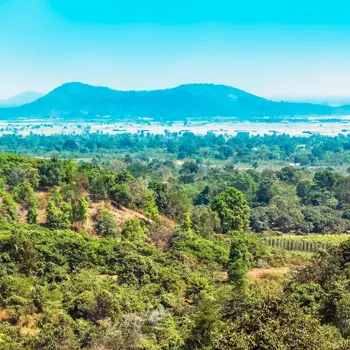
They are the unsung heroes of the ecosystem, quietly working to keep the forests healthy and thriving. Without these little guys, the whole food chain will collapse! They are the foundation of a healthy ecosystem.
AI Generated Content. Glance/InMobi shall have no liability for the content